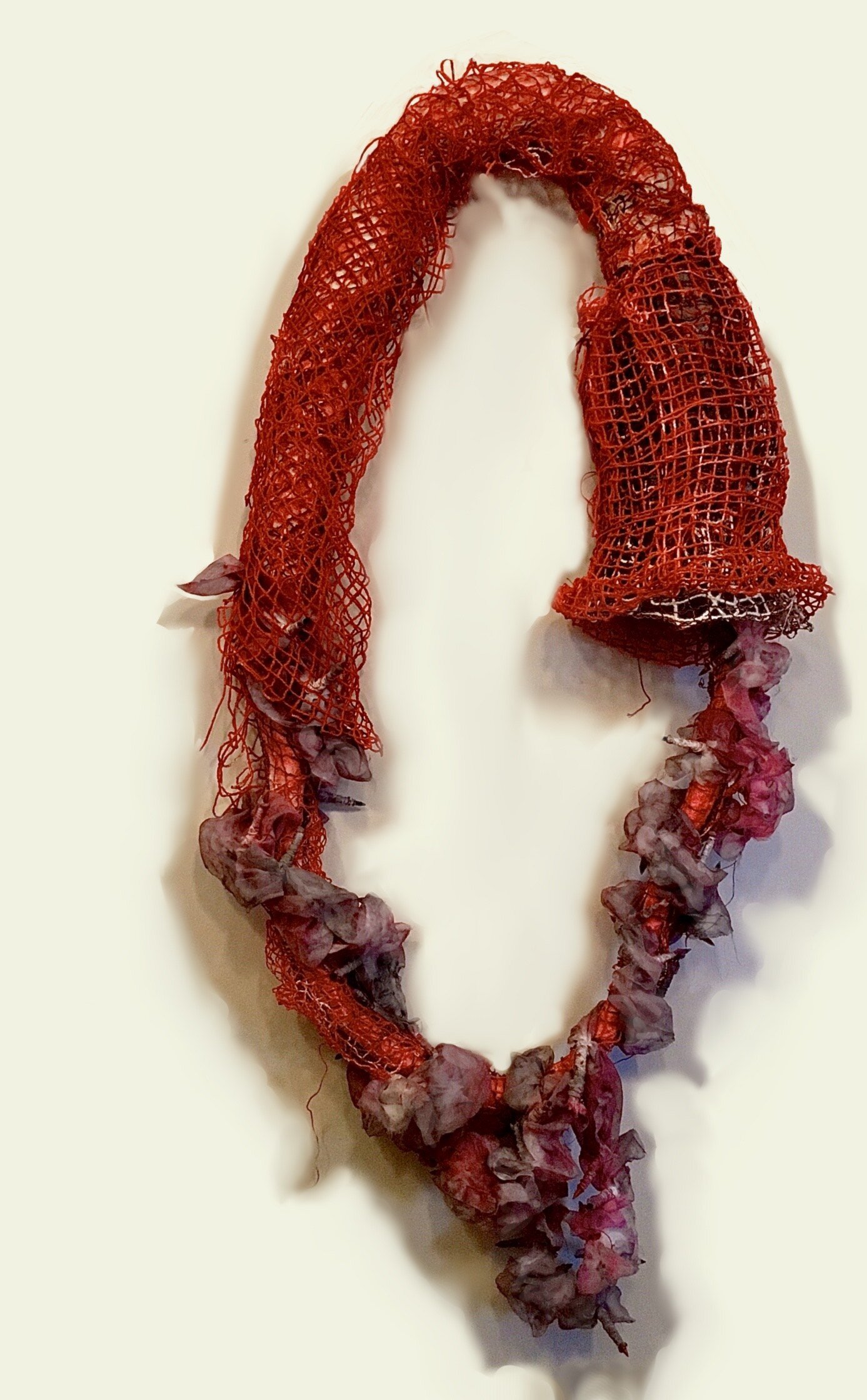Encaustic & Sculpture: Pamela Blum, Anna Wagner-Ott, & Susan Stover
Ever the versatile material, encaustic can be modeled, carved, cast, and applied to absorbent materials to build sculptural forms. The wax sculptures of today are often created by applying encaustic to absorbent materials such as wood, fiber, bisque fired clay, and paper mache. We checked in with artists Pamela Blum, Anna Wagner-Ott, and Susan Stover to get familiar with their evolving individual approaches and the techniques they are using to sculpt with encaustic today.
Can you tell us about your armature process, and what encaustic brings to the surface?
In 2010, a friend and I hired Kelly McGrath, R&F’s stellar sculpture teacher, to show us how to make lightweight concave and convex sculpture armatures. Ever since that workshop, I have been using her process with a few added techniques. Proviso: I work small, no more than 2’ in any direction, to ensure intimacy between work and viewer, to acknowledge that people have little domestic space, and to handle the sculptures’ weight. For larger works, I make multiple parts.
Pamela Blum, Plump Lady, 10" x 6" x 3", encaustic and oil on paper maché, plaster gauze & aluminum mesh.
Maps for aluminum mesh armatures:
I make small “paper doll” patterns to determine the flat shape of the armature. These I fold and tape into 3D forms to trouble-shoot the pattern and explore where armature edges will meet. Then revise, refine, redo.
Scaling Up: I scale up the pattern on tracing paper. With metal shears, I cut out sheets of aluminum mesh (specifications below). After placing a sheet of mesh over a pattern, I use a wide black marker to trace the pattern onto the mesh, then cut out the mesh.
Aluminum Mesh:
I use #4 square aluminum plain weave mesh, .047” thick (18 gauge) wire. To wrestle the pattern into a 3D armature, I use hands, wrenches, metal shears, wire snips, and attitude. The mesh form must be at least an inch or two smaller in length, width, and depth than the final sculpture.
Plaster Gauze:
Plaster gauze covers the wire mesh armature to add strength and rigidity to the aluminum. I pre-cut triangles of plaster gauze. After dipping triangles in water one at a time, I squeeze out the excess moisture. I cover the entire sculpture by overlapping each piece of plaster gauze at least 50%. The plaster sets within minutes. Every flaw in the armature will show. No worries!
Sculptamold© Paper Maché:
Paper maché lets me refine the sculptural form—the closer the paper maché to the final form, the less I have to struggle with final encaustic layers. The paper maché comes with mixing directions. To avoid wasting the mix as it sets, I make two pints at a time. Using plaster spatulas and fingers, I apply the paper maché to half the sculpture at a time. At this stage, the paper maché looks like tunafish salad. As it sets or when it’s dry, I smooth or roughen the paper maché with water, plaster spatulas and Teflon papermaking tools. Then it’s back and forth, adding or removing paper maché. Mercifully, it’s reversible.
Drying:
Once they have set but not yet dried, my sculptures go into a 200-degree oven overnight. I stack them on a cookie sheet to prevent plaster crumbs from falling on the oven floor. The next morning, I can apply encaustic. In summer, a hot car works for drying larger sculptures.
Encaustic layers:
To build a workable encaustic surface, I paint seven initial layers of wax. I paint a barrier layer of medium between my black and white hues. Then it’s back and forth, adding, scraping, scribing encaustic, and filling lines with R&F's Pigment Stick until I achieve a visual whole on the sculptures’ surfaces. A final very thin layer of medium protects each sculpture for polishing.
To fuse, I use Blazer PT4000 pencil point torches. These torches need very high quality, impurity-free butane in order not to stop up. So I splurge on Super Refined Blazer butane.
Why encaustic?
I value encaustic for its inherent contrasting metaphors—potential longevity vs. infinite vulnerability. Due to the deaths of a friend and her family between 1998 and 2001, I began to use traditional mourning colors, translucent blacks, and whites that advance and recede in figure/ground reversals and atmospheric space. These extremes of value complemented my subject matter--extremes of time, weather, and life in all its aspects. In 2010, when I began making sculptures in the round, I intuitively focused on life forms—human and animal body parts, as well as tools rendered useless. Absurdities and contrasts permeate my work. It is simultaneously creepy, disturbing, and hilarious. And so, encaustic and my sculptural forms allow me to compress my philosophy of life into form, surface, and medium. Thank you, R&F.
Anna Wagner, Red Infinity, 48” x 24” x 8”, encaustic, threads, papier-mâché, golf tees, sheer fabric, and pigmented ink.
I can see encaustic often brings a splash of color to your work. Are there other qualities about the feel or nature of the material that draws you to working with encaustic?
My love affair with encaustic began in 2014. At first, I painted on a wooden panel in a traditional way by fusing after each painted layer. My goal was to achieve amazing transparencies of colors. In 2016 I attended my first International Encaustic Conference in Provincetown and took a workshop with artist Lisa Pressman. Lisa taught painting techniques that were painterly and gestural.
I came home from the conference with more confidence and began painting with wax in a much freer way by painting thicker layers, brushing loosely onto the surface, and embedding sewn woven thread segments into the wax.
I then began melting R&F Encaustic and medium in a frying pan and dipping my woven thread/fabric segments into the hot liquid and forming sculptural entities. I am drawn to encaustic because of the vibrant colors, the way I can achieve transparencies in relation to opaqueness, and then pouring and layering complex surfaces. Encaustic has endless possibilities.
Susan Stover, Bauble. 5” x 12” x 5”, fiber, encaustic, wood, metal.
When creating a three-dimensional artwork are you thinking about the material differently?
No, I don’t think so. I try to use the appropriate material for what I’m trying to say which is why I’m always experimenting. Materials can have a history and suggest a story of their own so you have to be careful. On the other hand, our connections or relationships to that material can be utilized to add depth to your ideas. I think that whether I’m using fabric, fiber, or paint, one thing I’m interested in is the suggestion of history or of a past life lived.
My process tends to involve combining some textile-related technique with painting. For example, the Reliquaries series are made with a basketry technique in fiber combined with an encaustic. I wanted to disguise the process and underlying structure a bit and create a bit more mystery around the piece. Encaustic was the perfect medium to do this. The visceral and tactile quality of encaustic has the ability to conceal and reveal and be manipulated in the way I want. The marriage of encaustic with fabric is a perfect one with the fiber having the ability to absorb the wax and the wax having the ability to transform the fluid characteristic of the fiber. With the two-dimensional paintings, I often work with fabric that I’ve dyed, embedding it into encaustic, much in the same way, utilizing the nature and potential of the materials.



